The Reproductive System Of A Chicken
Before reading about reproductive system problems, it is helpful to understand how the reproductive system works, part of which includes egg laying. A hen’s reproductive
Health > Reproductive System
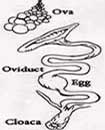
Articles are grouped as follows:
General articles and information relating to the reproductive system of our poultry and some of the diseases and disorders that can occur with the reproductive system.
Before reading about reproductive system problems, it is helpful to understand how the reproductive system works, part of which includes egg laying. A hen’s reproductive
The suprelorin implant was originally designed to induce temporary infertility in male dogs but strangely also stops chickens laying for anything up to six months. With
Tumors are quite common in an older hen’s reproductive organs. This is an area that hasn’t really undergone a great deal of research and because of
There are sometimes problems in the reproductive system that can cause problems with egg laying.

Egg peritonitis in chickens & ducks is when the lining of the abdomen becomes inflamed due to infection from bacteria. Common after prolapse.
A prolapsed oviduct is when the lower part of a hen’s oviduct turns inside out and is left hanging outside of her vent. This condition
Sometimes poultry can become egg bound when a large egg ‘gets stuck’ in the oviduct. The bird will usually keep visiting the nest box without being

Problems with eggs, such as wrinkled, soft or missing shells, blood spots, multiple yolks, watery whites or miniture size eggs.
Prevention is better than cure, so keeping our birds fit and healthy should be the aim to prevent many health problems.

Domesticated chickens, especially modern hybrids, are fantastic egg layers; however, this performance increases nutritional demands, so how we feed our chickens has never been so

Jeremy Hobson, the author of Success With Chickens, tries to uncover the truth behind some long-held chicken health myths and potions used as natural remedies.
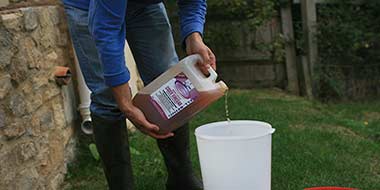
I have been giving Apple Cider Vinegar to my chickens for many years, and combined with good husbandry, I have seen a positive difference in my flock’s health.

In this article, you will learn about the purposes of the two different types of poultry grit and how you can feed these together as

In European countries where they consume large amounts of garlic in their diets, they have a lower risk of cancer and are less likely to suffer from heart disease, but what about garlic for chickens?

How good is Verm-X for chickens? Verm-X comes in a liquid or pelleted formulation and I tried it out over 6 months, but how can you be sure it’s working?
Chickens are the most likely candidates to become overweight. Birds that are caged, kept in a small run or are fed the incorrect diet are
Water is so important for the correct digestion and the overall health of chickens and other poultry so really shouldn’t be over-looked. Water is THE
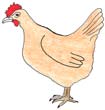
Feathers, beak, skin, scales, spurs, eyes, comb, nails, legs and wings. Problems such as lameness, feather loss, external parasite infestation, frostbite, blindness, cuts and wounds.
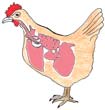
Respiratory problems including Avian Influenza, Aspergillosis, Gapeworm, Infectious Bronchitis and Mycoplasma.
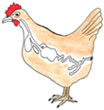
Typical digestive system problems include internal parasites, loss of appetite, swollen crop, bad or sweet-smelling breath, diarrhoea, or messy bottoms.

Reproductive system problems include egg-laying problems (but not egg problems) in chickens and other poultry.
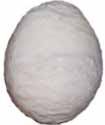
Common quality problems with eggs, such as soft or missing eggshells, wrinkled or misshaped eggs, watery whites, double yolks or blood spots.
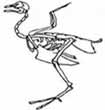
Skeletal, muscular and nervous system problems.
Diseases such as Marek’s or Toxoplasmosis.
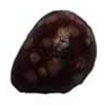
Diseases and disorders relating to major organs or the cardiovascular system include acute heart failure and Avian Leukosis.
Every effort has been made to provide accurate information about poultry diseases and illnesses, and it is provided in good faith; however, content on this website is for informational purposes only and is not intended as a substitute for veterinary advice. Reliance on any information provided on this website is solely at your own risk.